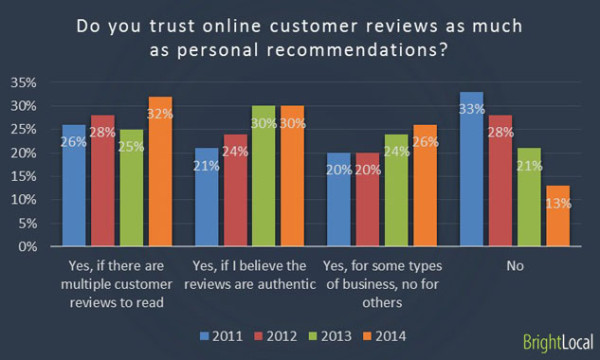Every topic I cover can be as complicated as you let them be. With the focus on minute data and snippets of code, SEO could easily be intimidating for anyone trying to get started learning.
This is a problem for local SEO because most business owners aren’t experts. If they think of local SEO as a daunting field, rather than seeing the opportunities it could open up for them, they are likely to shy away.
With this in mind, I’d like to take us back to the basics. We haven’t covered local SEO here in depth, so this will serve as a great place to begin exploring the topic. But, the tips offered here are valuable for broader SEO as well.
For good local SEO, there are really three major rules.
- Get your website up to standards
- Spread your business details everywhere
- Use social media to get your customers to do promotion for you
Getting your website up to standard
Google is beginning to combine regular and local search results, and your website quality helps decide where you will land in the local search results, as well as more broad searches. Making a quality site relies on you doing a few specific things. For one, your site should have a clear and functional structure with a set heirarchy of pages. This will help Google’s crawlers go where you want them too, and know what is most important.
Another, more basic step in making a good page is just filling your site to the brim with quality content. Your content makes your first impression to customers as well as search engines. Putting out continuous good content keeps bringing search crawlers back to your page, and generate backlinks to your site from other pages.
Spread your business details
This one is quick and easy, so I’m going to let Myles Anderson from Search Engine Land sum it up. “Having your correct business details widely available is positive for local SEO and sets you up nicely to take advantage of the mobile-boom. Many of the same data sources which feed the desktop internet also feed mobile sites and applications so even if your website isn’t mobile enabled your business will appear on popular mobile applications.”
This is especially true for local SEO because people are searching to be able to contact YOU. Make it easy for them. Google will reward you for it. But don’t get lazy once your information is out there. Remember where you have put it by keeping a record. If you ever move, or change phone numbers, you will need to go change it everywhere the old information is.
Be social!
Just like everywhere else online, Google is becoming more and more intertwined with social media. If you don’t have a social media account for your business, it is time to get one. Twitter, Facebook, and Google+ are all very influential in your SEO status. From there, make it easy to share your content from your site with social media buttons prominently connected with content. Once you have a following, you will notice they share content for you. You still have to be proactive by sharing your content with them on social media in the first place, but if you connect with your followers, you will be shocked to see what they do for you.
Conclusion
Of course, there are a ton more things you can do to help give yourself a boost. It is high time you have a mobile optimized page for your site, and it is important to make sure you are listed on Google and Apple Maps. But, these first three rules will help you easily expand, and see what investing in local SEO can do for you.






